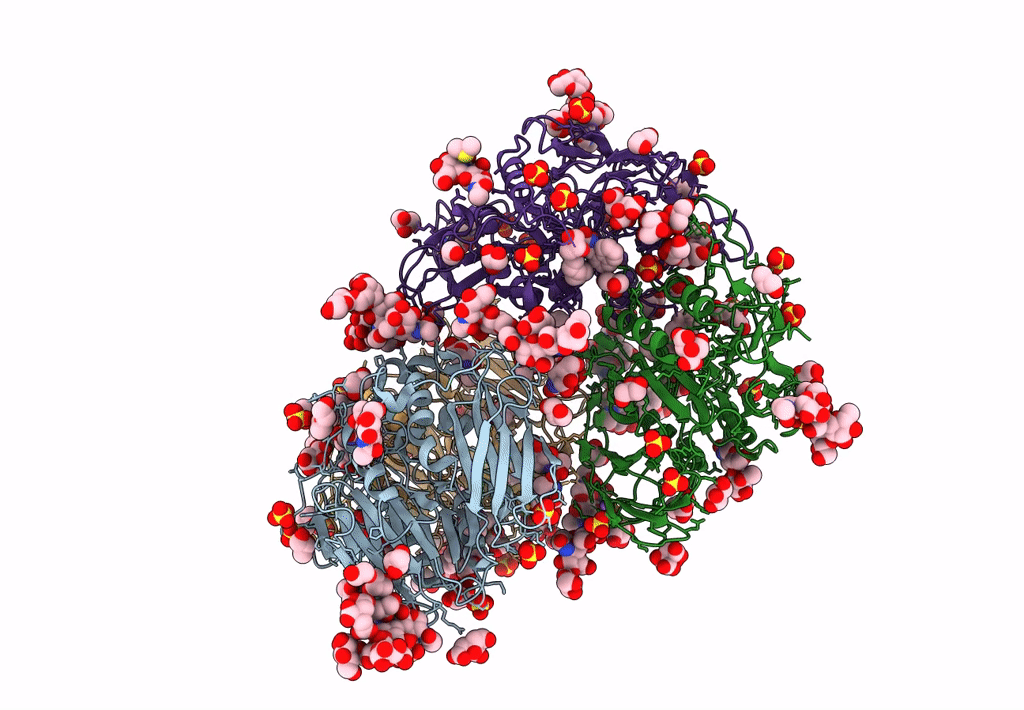
Deposition Date
2022-11-23
Release Date
2023-08-02
Last Version Date
2024-10-16
Entry Detail
PDB ID:
8BRN
Keywords:
Title:
Crystal structure of red kidney bean purple acid phosphatase in complex with an alpha-aminonaphthylmethylphosphonic acid inhibitor
Biological Source:
Source Organism:
Phaseolus vulgaris (Taxon ID: 3885)
Method Details:
Experimental Method:
Resolution:
2.00 Å
R-Value Free:
0.20
R-Value Work:
0.15
R-Value Observed:
0.15
Space Group:
P 31 2 1


